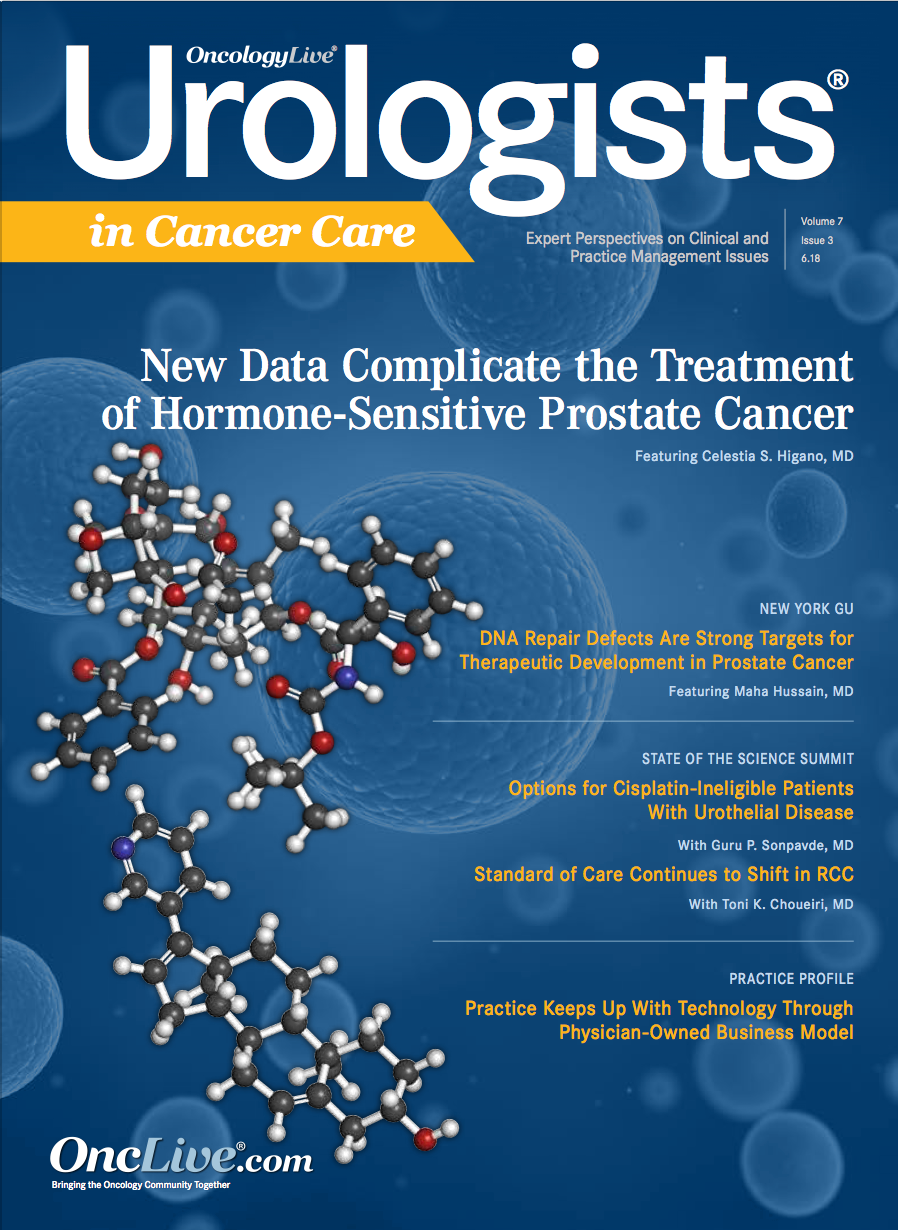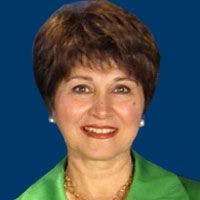Publication
Article
Special Issues
A Call for Clinical Research
Author(s):
Raoul S. Concepcion, MD, FACS, discusses the importance of research opportunities for residents.
Raoul S. Concepcion, MD, FACS
When I graduated from medical school in the 1980s and decided to pursue a career in urologic surgery, most of the residency programs in the United States took 6 years— 2 years of general surgery followed by 4 years of urology. Part of those 4 years of urologic training included, for the most part, a year spent in the research lab. There were 5-year residency programs available, but the majority at the time were built around the 2/4 construct.
I had the good fortune to be accepted into the urology program at Vanderbilt University Medical Center, and my time in the lab coincided with my first year of urology training, 3 years after medical school. This offered me a welcome respite after 2 long years of being on call every other night in general surgery, as it did for friends in other disciplines who were undergoing the same regimen.
Fortunately for me, my residency chairman at the time was committed to basic science research, particularly renal physiology and electrolyte imbalance. I was very interested in how the diversion technique of continent urinary reservoirs and orthotopic bladder reconstruction—new at the time—could result in a better quality of life without a stoma bag once a cystectomy had been performed. Consequently, I initiated 2 projects during that period. First, using a rat model and inducing unilateral obstruction of varied times, I tried to isolate the humoral factor that resulted in renal compensatory hypertrophy of the kidney. Second, in a canine model, I configured tubularized and detubularized segments of intestine, then measured and characterized peristaltic activity in these types of reconstruction.
What started as a period I initially viewed as a time away from the clinic, less stress, and not being on call became one of my most valuable experiences, because it shaped much of my clinical thinking and approach to science. (The downside was that it subjected my immune system to a daily barrage of rat and canine dander, rendering me deathly allergic.) The academic rigor necessary to approach the hypothesis and devise the study also was invaluable early in my career. Additionally, during this experience I had the good fortune to be befriended by 2 people—with strikingly diverse backgrounds—whom I would never have met otherwise.
James Phillips was a gentleman and high school graduate who essentially took care of most of the animals in the lab and assisted with anesthesia, intravenous procedures, etc, especially with the larger species. As a young teenager in Nashville, Tennessee, before World War II, he had the opportunity to work with Vivien Thomas, who would leave the Vanderbilt University labs and join Alfred Blalock, MD, at Johns Hopkins Hospital in Baltimore, Maryland, to pioneer pediatric heart surgery and correction of tetralogy of Fallot. The stories of those early days in the lab were mesmerizing.
The second was a pipe-smoking scholar whose lab was on the way to our favorite watering hole. Although I stopped by on many occasions and asked him to join us for lunch, which was always politely declined, he would often take the time to try to understand what the surgeons were doing in the lab. This was the great Stanley Cohen, PhD, who earlier, in 1986, shared the Nobel Prize in Physiology or Medicine for his discovery of the epidermal growth factor family and its receptors. My intermittent discussions in his lab would change the way I viewed cancer biology.
Many do not realize that residents do not get such opportunities today. Save for a few, most programs have gone back to a 5-year training, the required minimum to achieve board certification in urology; the research year is not funded by Medicare, so hospitals do not receive direct graduate medical education funds from the government. Thus, an institution that still provides basic science research time has to support that resident with internal sources or grants. The focus of research for the residents today is less about science or drug development and more about health economics outcome research and realworld practice patterns with attempts to optimize care, which are all very much needed in today’s medical environment.
However, there is still a role for urologists, even those currently in practice, to be active participants in research and become clinical scientists. Many successful groups across the United States have launched clinical research divisions within the practice that have played an important role in the development and ultimate approval of many of the new therapies for advanced prostate cancer that we prescribe, as well as some of the biomolecular markers being used for diagnosis and management. I see this trend continuing into the future. Newer technologies and treatment paradigms are constantly being introduced into the marketplace and require validation and randomized trials. There is no reason we as specialists should not be involved in these trials, as rapid accrual is essential.
We talk about creating centers of excellence and physician champions to advance care. I truly believe that by doing the research, one gets a deeper and better understanding of the disease state, which will ultimately improve care and outcomes. We should all strive to support these collaborative efforts.






















%20(2)%201-Recovered-Recovered-Recovered-Recovered-Recovered-Recovered-Recovered-Recovered-Recovered-Recovered-Recovered-Recovered-Recovered-Recovered-Recovered-Recovered-Recovered.jpg?fit=crop&auto=format)
%20(2)%201-Recovered-Recovered-Recovered-Recovered-Recovered-Recovered-Recovered-Recovered-Recovered-Recovered-Recovered-Recovered-Recovered-Recovered-Recovered-Recovered-Recovered.jpg?fit=crop&auto=format)
